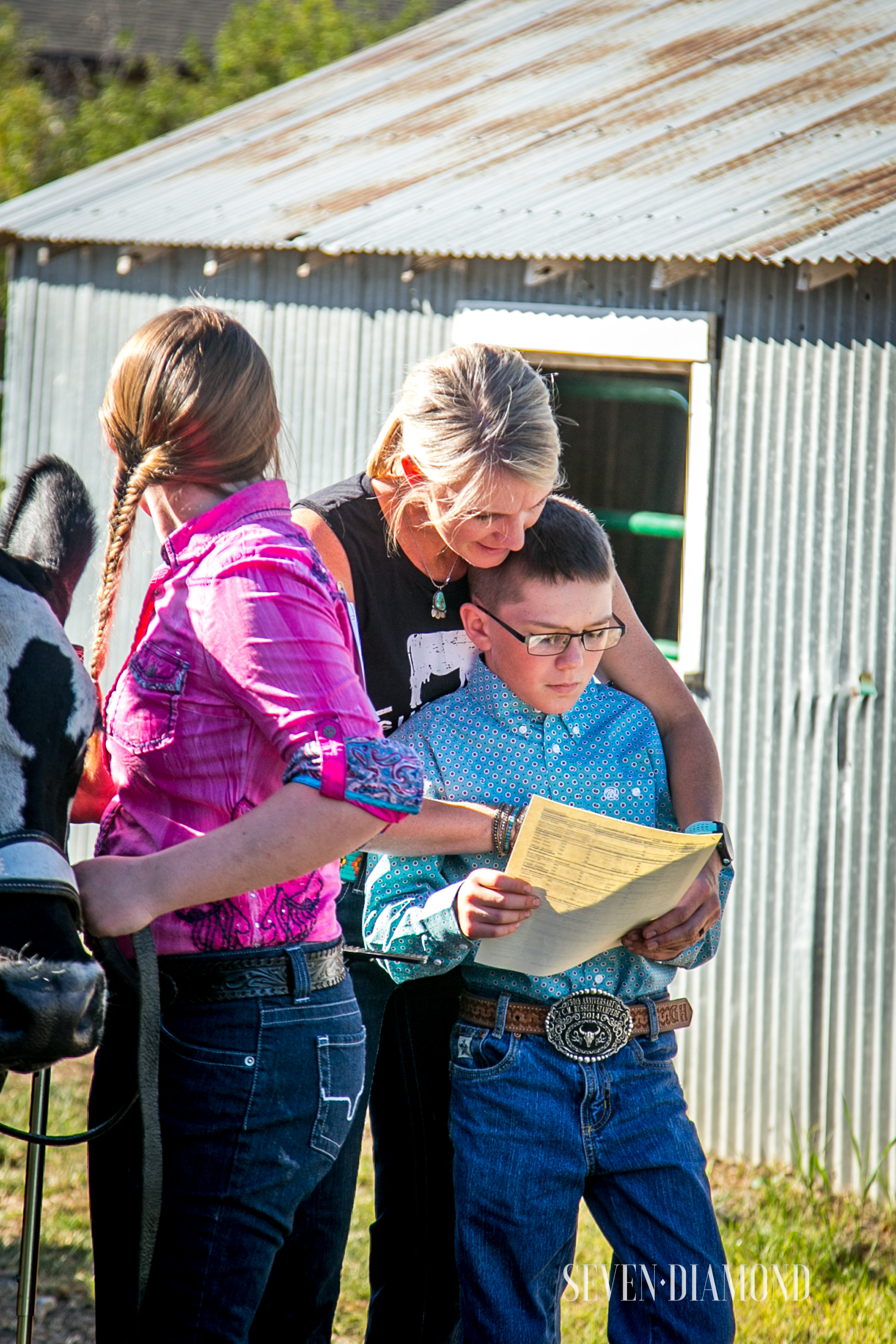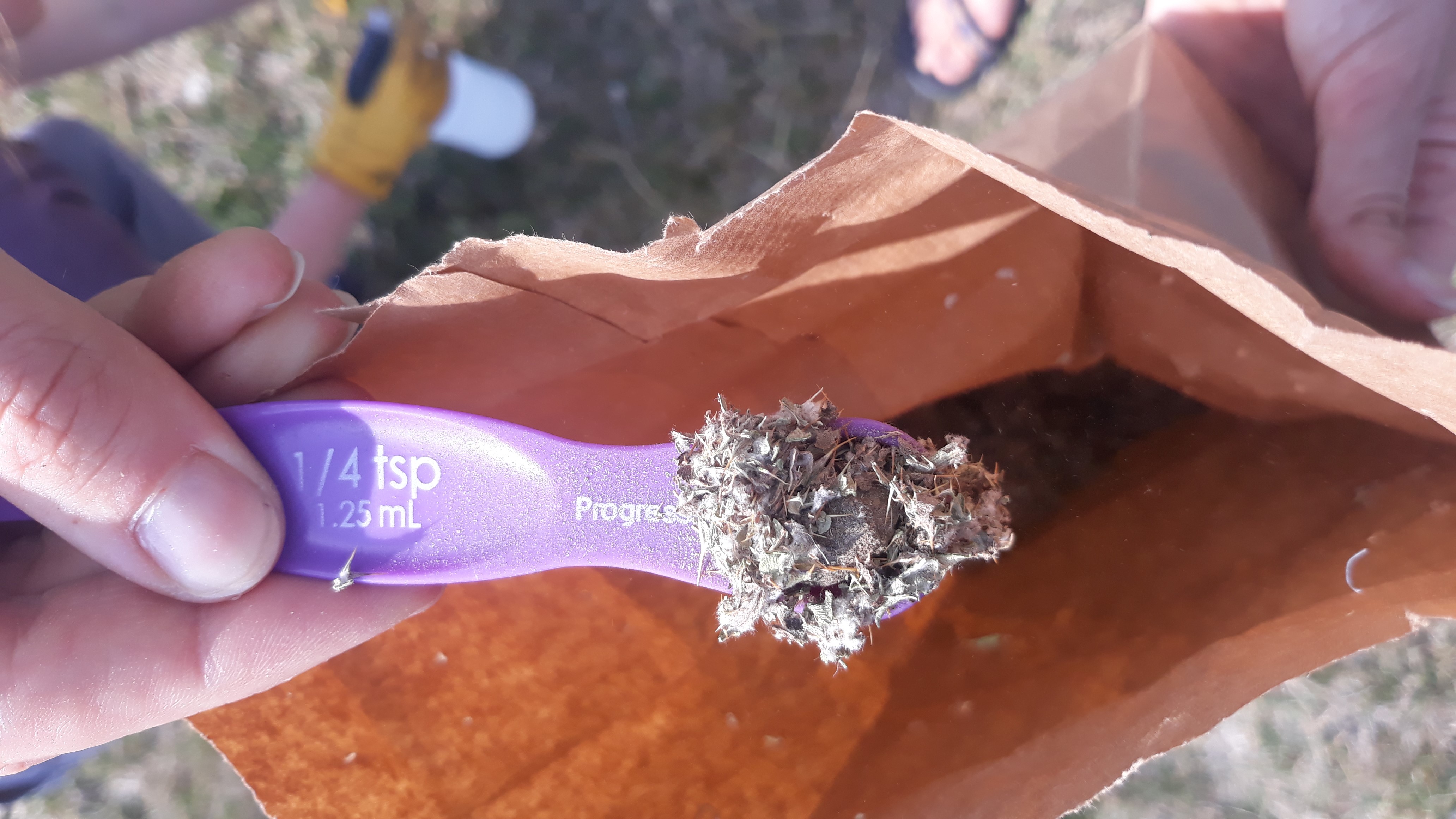
Judith Basin County
Welcome to Judith Basin County
Published: 2020By Katie Hatlelid
Judith Basin County is located in central Montana in a fertile basin between the Highwood, Big Snowy, and Little Belt mountains. The county population is 1,940. The principal communities are Stanford, Hobson and Geyser. Numerous other small communities are in the county. Judith Basin County’s economy is based on agriculture. The major components of this industry include livestock, small grains and forage production. Timber and mining enterprises take place on a small scale. The MSU Central Ag Research Center is located in the county near Moccasin. The Judith Basin 4-H programs consist of over 90 youth members and 31 volunteer leaders in four organized clubs. The county offers a variety of recreational opportunities, which include hiking, hunting, fishing, camping, snowmobiling and skiing. A major ski area is about 45 minutes from Stanford. The Judith Basin was the home of the legendary western artist Charlie Russell. Many of his paintings were scenes captured by the artist between Lewistown and Great Falls. Stanford, Hobson, and nearby Utica have several museums of interest. Recreation opportunities abound in the nearby Lewis and Clark National Forest, Judith River Wildlife Management Area and Ackley Lake State Park. Raynesford is an agriculturally-rich area. The homesteading boom from 1908 to 1915 and the extension of the Great Northern Railroad played an important role in the development of this area. Moccasin also began as a homestead community. In 1907, the Montana State legislature created the Central Montana Agriculture Research Center, three miles west of Moccasin. The purpose of the center was to teach dryland farming techniques to newly arrived homesteaders. Even after the homesteaders bust, the center went on to develop machinery and new crops, improving the area’s wheat yields. Many Finnish homesteaders settled in the Geyser area at the turn of the century. In earlier days, it was a stagecoach-stopping place on the trail from Great Falls to Lewistown. In 1920, Geyser became a rail line station, when the old town was moved to its existing site.
Judith Basin County Fair
Published: 2020By Katie Hatlelid
This year presented many challenges, one of which was how to successfully execute a county fair in the midst of a pandemic. Working with the Judith Basin County Fairboard, Central Montana Health District, and the Judith Basin County 4-H Council, Judith Basin MSU Extension was able to hold a successful county fair. The usual process of planning and holding a fair is almost a year-long endeavor. This year, extra meetings, modifications, and more direct communication than ever were necessary for the plan to work. We involved the CMHD from the beginning and were able to make a plan that everyone could support. We added an online platform to our livestock sale for the first time and that change will be continued next year. We made some logistical changes for competitors entering and exiting the sale ring, and those changes will also be adopted for next year. After the fair was over, numerous parents, 4-H members, and community members commented on how much it meant to be able to have the event in a relatively normal fashion. We had one of the best livestock sales in our 77-year history. In a time when things are uncertain, being able to provide a safe, positive outlet for our youth and their families was crucial to the collective mental health of the whole county. The smiles and camaraderie the whole 4-H program displayed during the 2020 Judith Basin County Fair were remarkable, impactful, and refreshing. It was a privilege to be a part of.
Thistle Rust Bio-Control
Published: 2020By Katie Hatlelid
In the summer of 2020, Judith Basin County MSU Extension was able to partner with the Montana Biological Weed Control Coordination Project on another exciting opportunity. A 5-year study of Puccubua punctiformis, a naturalized rust fungus that attacks Canada thistle, has been launched in the state of Montana. Canada Thistle is a common noxious weed in the county, costing thousands of dollars to control and preventing thousands of acres of pasture and hay ground from reaching its full forage production potential. Any type of measure that is cost-effective and offers a good degree of control has the potential to save each producer several hundred to several thousands of dollars per year depending on the degree of infestation. It also has the potential to increase the production of the pasture, hay, or crop land that may be affected. Reducing the competition for desirable plants is key to a high-producing stand. The potential for success is promising, and the inoculation locations in Judith Basin County will help researchers determine the feasibility of using this rust in widespread applications.




